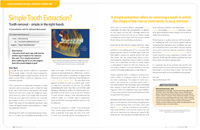Having a tooth removed is never a pleasant experience, but an extraction is sometimes necessary to remove a damaged, decayed or infected tooth. Good oral care after an extraction is important for healing the wound and helping to prevent further problems.
Tooth Extraction
Tooth extractions can be performed under local or general anesthetic, depending on the reason for extraction and the complexity of the procedure. Some teeth are easier to remove than others and the procedure can be performed by your regular dentist, but some procedures may require a specialist or even hospitalization. You may also need stitches to close the wound.
Bleeding
Once your tooth has been removed, a blood clot will form over the extraction site to help the wound heal. It's important to avoid doing anything that could dislodge the blood clot, as this can lead to excessive bleeding. For the first 24 hours, you should rest as much as possible, as strenuous exercise will increase the risk of bleeding. You should also avoid hot food and drinks for at least 24 hours. In addition, do not rinse your mouth for at least four hours after extraction.
You may have some bleeding for a few hours, but this can be controlled by pressing a clean lint pad or dental gauze against the wound and biting down for at least 15 minutes. If you experience heavy bleeding that cannot be stopped or bleeding that lasts more than 12 hours, contact your dentist for advice.
Pain
Pain after a tooth extraction is normal and should gradually dissipate over the course of a few days. Over-the-counter painkillers are usually sufficient to reduce pain. If the pain is severe or continues for more than a week, contact your dentist, as you could have an infection.
Swelling
Swelling around the extraction site is also normal and is usually at its worst the day after your tooth has been removed. Swelling should gradually lessen, but it can take up to two weeks to disappear completely. Applying an ice pack to your cheeks can help to reduce swelling.
Healing
While you should avoid rinsing your mouth for the first four hours following a tooth removal, regular rinsing is essential for healing the wound. For the first few days, rinse the wound after every meal, first thing in the morning and last thing at night. Salt water rinses are generally recommended by dentists, as they aid the healing process and can help to prevent infection. Salt water can also inhibit bacteria production.
You can make a salt water rinse by dissolving half a teaspoon of salt in a small glass of warm water. Hold the solution in your mouth, directly over the extraction site, for two or three minutes. Spit the water out and repeat with fresh salt water.
Brushing Your Teeth
Avoid brushing too close to the extraction site until the wound has had the chance to heal. It can help to use a child's toothbrush, as the head will be much smaller and easier to maneuver. Floss and interdental brushes can also be useful for cleaning teeth that are close to the wound.
Full recovery from a tooth extraction usually takes one to two weeks, although it can sometimes take up to a month. During this time it's important to take care of yourself and relax as much as possible, as your body needs time to heal. If the wound does not seem to be healing within the first week, talk to your dentist.
Related Tooth Extraction Articles
 A Simple Tooth Extraction?
A Simple Tooth Extraction?
From a procedural or professional standpoint, a simple extraction refers to removing a tooth in which the shape of the root or roots lends to easy removal... Read Article


